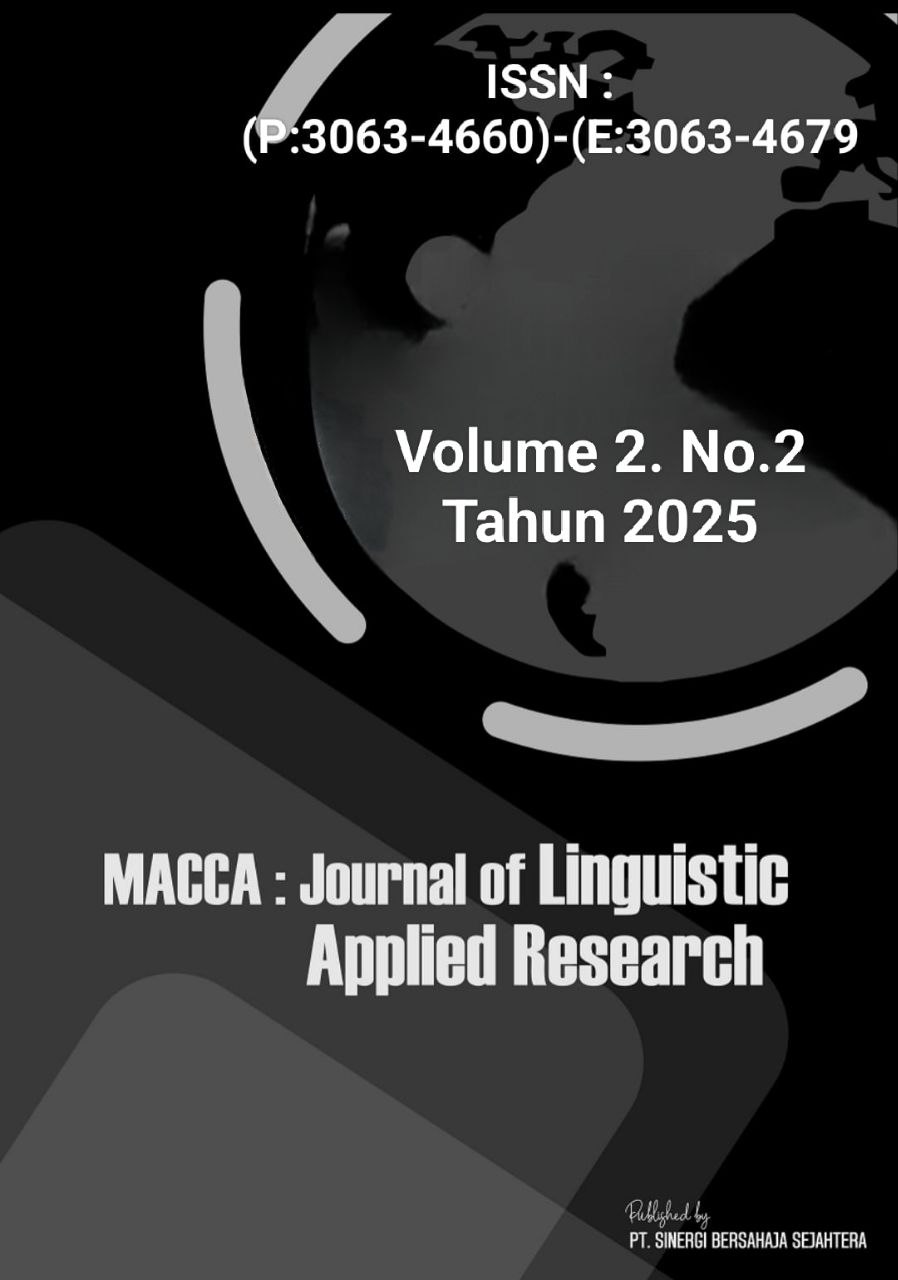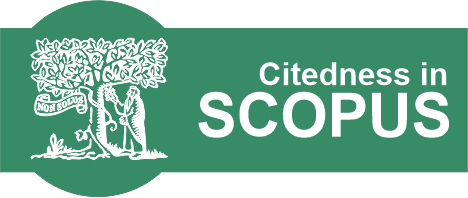The Impact of Scaffolding on Writing Skills of eleventh Grade Students at SMA Muhammadiyah Pangsid
Keywords:
Scaffolding, Writing Skills, Eleventh-Grade Students,English Language Learning,Instructional StrategiesAbstract
This study investigates the impact of scaffolding on the writing skills of eleventh-grade students at SMA Muhammadiyah Pangsid. Writing is a fundamental skill in academic contexts, yet many students face challenges in organizing ideas, developing arguments, and using appropriate language structures. Scaffolding, as an instructional strategy, provides temporary support to learners, enabling them to achieve tasks beyond their independent capabilities. The research employed a quasi-experimental design involving 60 students divided into experimental and control groups. The experimental group received writing instruction with scaffolding techniques, including guided planning, modeling, and collaborative exercises, while the control group followed conventional teaching methods. Data were collected through pre-tests and post-tests and analyzed using paired and independent t-tests to measure the improvement in writing skills. The results indicated that students in the experimental group demonstrated significantly higher improvement in writing performance compared to the control group, particularly in idea development, coherence, and grammatical accuracy. These findings suggest that scaffolding effectively enhances students’ writing abilities and can be a valuable strategy in English language instruction. The study contributes to the pedagogical understanding of scaffolding and offers practical implications for teachers aiming to improve writing competence in secondary education.
References
Abdul Jalil Jum’uatullaila, Buhari, Syahrir L, & Sam Hermansyah. (2025). The Influences of Using Quizizz in Student’s English Learning Outcomes. INTERACTION: Jurnal Pendidikan Bahasa, 12(1), 1030–1040. https://doi.org/10.36232/interactionjournal.v12i1.3526
Aljaafreh, A., & Lantolf, J. P. (1994). Negative feedback as regulation and second language learning in the zone of proximal development. The Modern Language Journal, 78(4), 465–483. https://doi.org/10.1111/j.1540-4781.1994.tb02064.x
Arafah, B., Putra, E., & Arafah, A. N. B. (2022). The shift of lexicon in traditional technology: Implications for language learning. International Journal of Language Studies, 16(2), 45–62.
Brown, H. D. (2004). Language assessment: Principles and classroom practices. Longman.
Cahyono, B. Y., & Widiati, U. (2006). The teaching of English as a foreign language in Indonesia. State University Press.
Dr.M. Nirmala, Dr.Sheik Mohamed S.H, Prof.Theerka.N, & Sam Hermansyah. (2025). Managing Toxic Behaviours and Institutional Culture in Education: Evidence-Based Strategies for Academic Professionals. Macca: Journal of Linguistic Applied Research, 2(1). Retrieved from https://journal.adityarifqisam.org/index.php/macca/article/view/111
Ellis, R. (2008). The study of second language acquisition (2nd ed.). Oxford University Press.
Ferris, D. R. (2003). Response to student writing: Implications for second language students. Routledge.
Graham, S., & Harris, K. R. (2000). The role of self-regulation and transcription skills in writing and writing development. Educational Psychologist, 35(1), 3–12. https://doi.org/10.1207/S15326985EP3501_2
Graham, S., & Perin, D. (2007). Writing next: Effective strategies to improve writing of adolescents in middle and high schools. Alliance for Excellent Education.
Gibbons, P. (2002). Scaffolding language, scaffolding learning: Teaching second language learners in the mainstream classroom. Heinemann.
Harmer, J. (2007). How to teach English (3rd ed.). Pearson Longman.
Harmer, J. (2015). The practice of English language teaching (5th ed.). Pearson Education Limited.
Hedge, T. (2005). Teaching and learning in the language classroom. Oxford University Press.
Hogan, K., & Pressley, M. (1997). Scaffolding student learning: Instructional approaches and issues. Brookline Books.
Hyland, K. (2003). Second language writing. Cambridge University Press.
Leki, I. (1992). Understanding ESL writers: A guide for teachers. Boynton/Cook Publishers.
Nation, I. S. P., & Newton, J. (2009). Teaching ESL/EFL listening and speaking. Routledge.
Richards, J. C., & Renandya, W. A. (2002). Methodology in language teaching: An anthology of current practice. Cambridge University Press.
Sam Hermansyah, & Ahmad Rizal Majid. (2025). The Use of Probing-Prompting Technique to Improve Reading Comprehension of Eighth Grade Students. INTERACTION: Jurnal Pendidikan Bahasa, 12(1), 543–556. https://doi.org/10.36232/interactionjournal.v12i1.2660
Shabani, K., Khatib, M., & Ebadi, S. (2010). Vygotsky’s zone of proximal development: Instructional implications and teachers’ professional development. Iranian Journal of Language Studies, 4(1), 37–66.
Vygotsky, L. S. (1978). Mind in society: The development of higher psychological processes. Harvard University Press.
Wood, D., Bruner, J. S., & Ross, G. (1976). The role of tutoring in problem solving. Journal of Child Psychology and Psychiatry, 17(2), 89–100. https://doi.org/10.1111/j.1469-7610.1976.tb00381.
Downloads
Published
How to Cite
Issue
Section
License
Copyright (c) 2025 Lababa

This work is licensed under a Creative Commons Attribution-ShareAlike 4.0 International License.



































